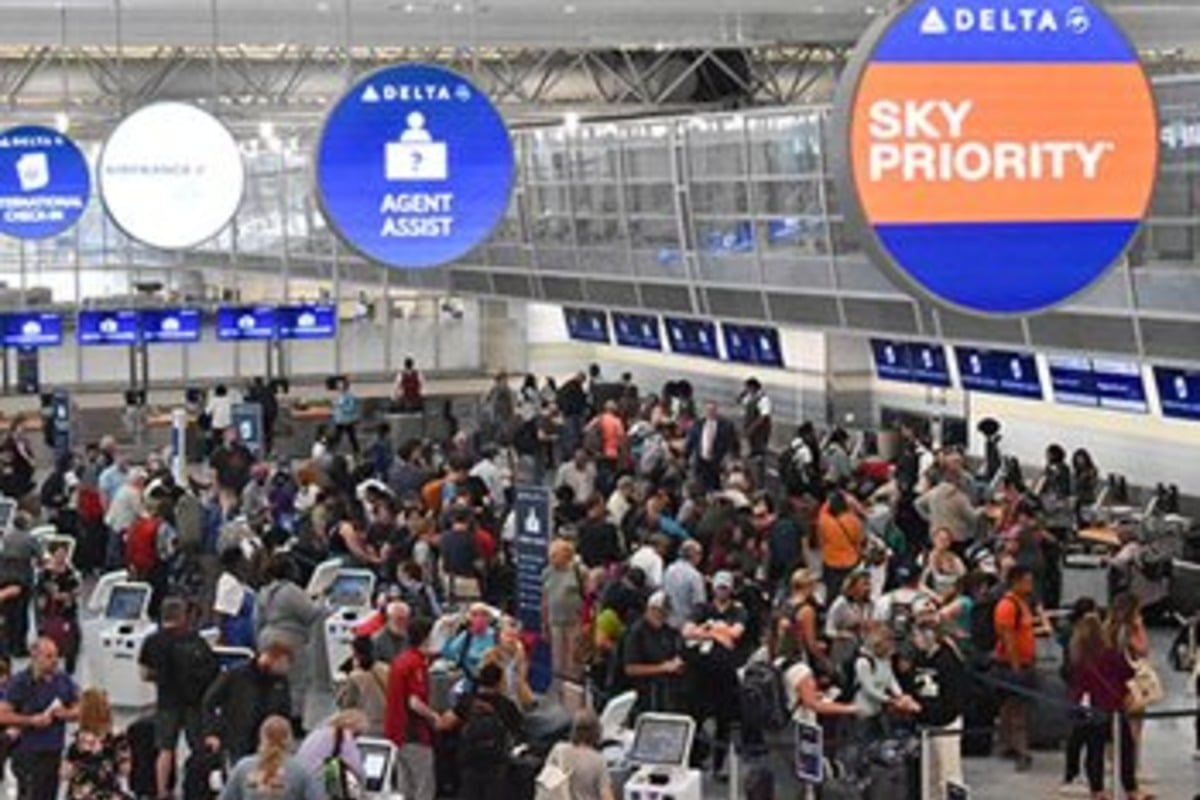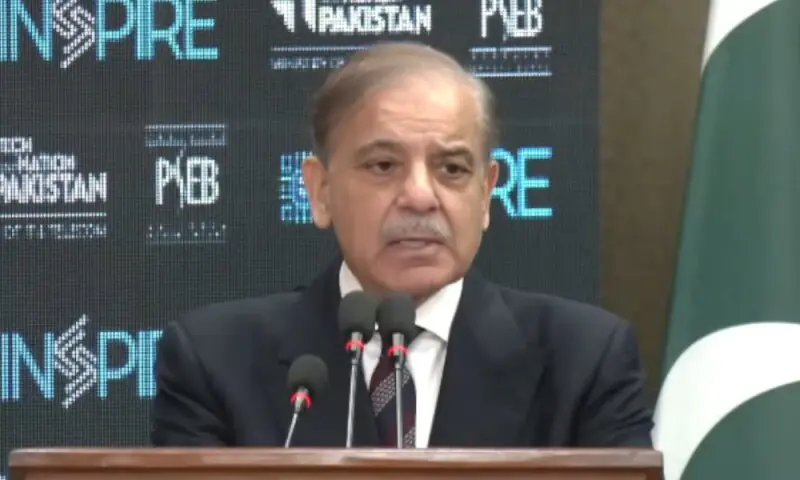Copyright hoodline

As the number of passengers and operations continues to escalate at Minneapolis-Saint Paul International Airport (MSP), the Metropolitan Council is calling for public input on a draft Aviation System Plan that looks to accommodate this growth while remaining cognizant of environmental impacts. The spotlight on the expansion of MSP and its satellite facilities comes at a time when operations are expected to surge, reaching over half a million by 2050, according to a report by the Metropolitan Council. The draft plan reflects the shifting landscape of air transport, acknowledging the industry's rising efficiency with fewer but fuller flights—a trend partially due to the merger of Northwest Airlines with Delta Airlines. While this has meant more passengers are sharing space on larger aircraft, it has also resulted in less noise for the surrounding communities, with modern jet engines proving to be both quieter and more fuel-efficient. "Our partnership with the Metropolitan Airports Commission ensures the region has an integrated and efficient transportation system," Metropolitan Transportation Services Director Charles Carlson told the Metropolitan Council. Key investments are being planned to service the anticipated boom in aerial activity. As reported by the Metropolitan Council, short-term projects aim at enhancing Terminal 2, while future undertakings envision comprehensive upgrades, including the replacement of concourses and an increase in cargo facilities. And with the onset of electric and hybrid aircraft, complemented by a focus on Sustainable Aviation Fuels (SAF) targeted to cut commercial jet fuel emissions drastically, MSP is on track to become a hub of aviation innovation. Efficiency stretches beyond the sky to the ground, where transit systems are evolving to support the airport's influx of travelers and workers. With 20,000 employees and countless passengers needing to reach MSP, initiatives like Metro Transit's Route 354 and Minnesota Valley Transit Authority's Route 495 are fundamental in maintaining a streamlined connection between the airport and the broader community. Aircraft reliever airports in the vicinity are also set to undergo slight reclassification to manage noncommercial craft and alleviate MSP congestion. The draft Aviation System Plan also charts out a course for embracing technologically advanced aviation practices. Projects like the Minnesota Electric Airport Network (MEAN) Plan suggest a near-future where electric aviation operations become a metro airport reality. Moreover, the Federal Aviation Administration's ongoing work to regulate the rapid adoption of drone technology for delivery services points to a skyline increasingly shared with unmanned aerial devices. The Metropolitan Council is scheduled to hold a public hearing on the draft 2050 Transportation Policy Plan Amendment #2 on Monday, Oct. 27, encouraging residents to share their insights through Nov. 10. Those interested in shaping the future of aviation in the Twin Cities can register to speak at the upcoming meeting.



